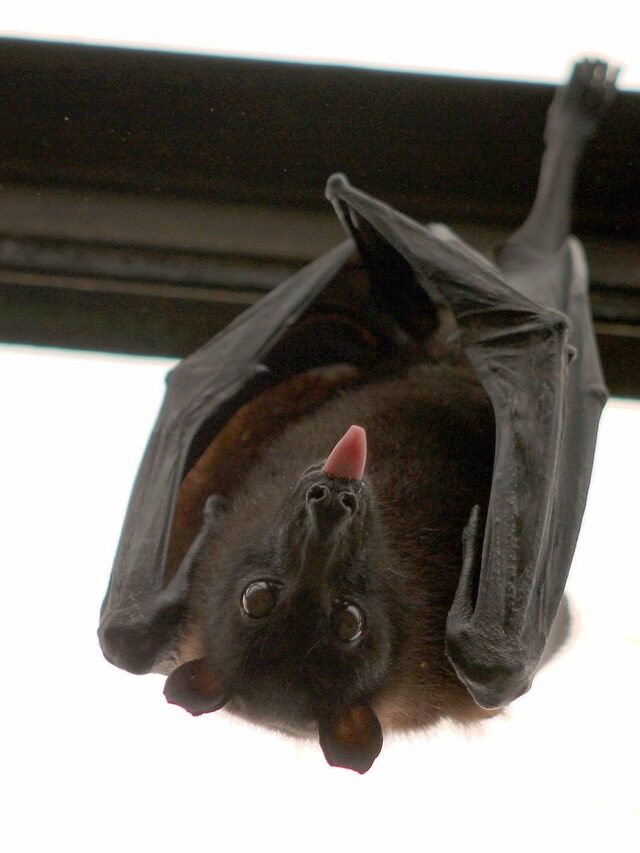
Bat Resources

Bats are generally misunderstood. Horror movies and the like have given these poor critters a bad rep. However, the more you learn about bats, the more you appreciate them. You get to see the important role they play in our ecosystem and the dangers they face.
Here are 10 facts about bats. (Taken from U.S. Fish and Wildlife Service and Bat Conservation International websites).
- Less than 1% are infected with rabies.
- Recent studies estimate that bats eat enough pests to save more than $1 billion per year in crop damage and pesticide costs.
- Fruit-eating bats account for up to 95% of seed dispersal for newly cleared rainforest’s early growth.
- Nectar-feeding bats pollinate plants such as peaches, bananas, cloves, and agaves. Bats are the sole pollinator for the agave plant – Think about that the next time you’re relaxing with a tequila!
- There are more than 1,400 species, making them the second-largest order of mammals. They are dispersed across six continents.
- The Mexican Free-tailed bat can fly up to 100 mph!
- Only three of the 1,400 species are vampire bats that drink blood.
- The oldest known bat lived at least 41 years.
Bats consume an enormous amount of mosquitoes and other insects. Little brown bats can eat 500-600 mosquito-sized insects an hour. This makes summers in Minnesota much more enjoyable.
There are currently no chemicals registered in Minnesota for use as bat repellents. Other DIY methods aren’t effective either. Regarding bat removal, the ‘only consistently successful method is permanent physical exclusion.’
Useful bat information
Bat Conservation International (BCI): BCI is a leading organization dedicated to the conservation of bats worldwide. They provide resources, educational materials, and opportunities for involvement in bat conservation efforts. Their website offers information on bat biology, conservation projects, and how individuals can help protect bats.
U.S. Fish and Wildlife Service (USFWS): The USFWS is responsible for protecting and managing wildlife in the United States, including bats. Their website provides information on bat species native to the U.S., conservation programs, and regulatory guidance related to bats and their habitats.
National Park Service (NPS): Many national parks across the United States are home to diverse bat populations. The NPS website provides information on bats found in national parks, research initiatives, and conservation efforts within park boundaries.
Minnesota Department of Natural Resources (Minnesota DNR): Each state in the U.S. has its own wildlife agency responsible for managing and conserving wildlife resources, including bats. The Minnesota DNR is the first stop for information about bats and bat removal in Minnesota.
Centers for Disease Control and Prevention (CDC): The United States’ leading organization that protects public health. It is an excellent resource for information about rabies and histoplasmosis.
Minnesota Bat Removal & Prevention Guides
Navigating bat issues in Minnesota requires local expertise. Due to our specific climate and strict state regulations protecting species like the Northern Long-eared Bat, standard removal methods are not always applicable. We have created this collection of resources to help MN homeowners understand the legal exclusion window, recognise signs of infestation, and find humane solutions. Explore our guides to ensure your property remains secure and compliant with state laws.
-
Safe & Legal Bat Removal in Minnesota
Learn the safe, legal steps for bat removal. Our guide covers inspection, exclusion devices, and cleanup to keep your home bat-free.
Contact the Professionals Today
If you need bat proofing services in Minnesota, contact us today at (888) 989-2269 for a free estimate.
Contact
Contact Form
"*" indicates required fields
